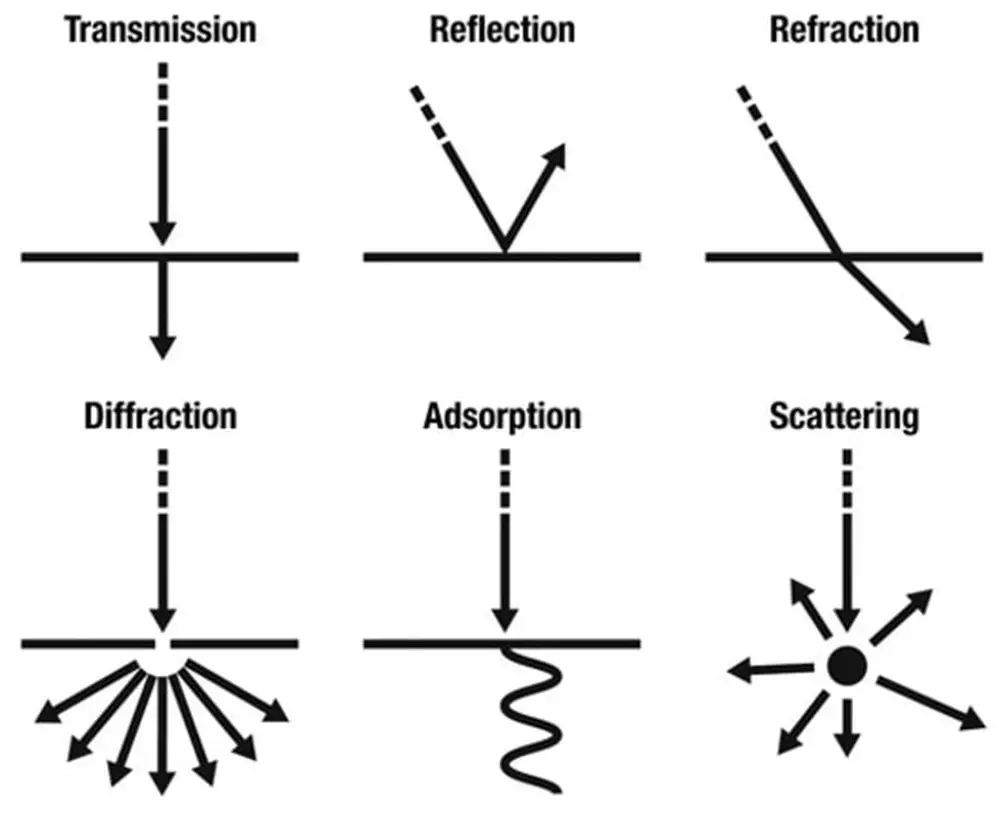Waves are a fundamental concept in physics, serving as a cornerstone in understanding a wide range of phenomena in the natural world. Whether they manifest as ripples on the surface of water, vibrations in a guitar string, or electromagnetic radiation traveling through space, waves play a crucial role in describing and explaining diverse phenomena. In this article, we will delve into the intricate world of waves, exploring their characteristics, classifications, and the essential principles that govern their behaviour.
Defining Waves:
At its core, a wave is a disturbance that propagates through space, carrying energy and information without the net transport of matter. This definition encompasses various types of waves, from the familiar water waves to the less tangible electromagnetic waves, such as light and radio waves.
Key Characteristics of Waves:
- Amplitude: The amplitude of a wave refers to the maximum displacement of a particle from its equilibrium position. In the context of electromagnetic waves, amplitude corresponds to the intensity or brightness of the wave.
- Wavelength: Wavelength is the distance between two consecutive points that are in phase with each other, often measured from crest to crest or trough to trough in the case of transverse waves.
- Frequency: Frequency is the number of oscillations or cycles a wave completes per unit of time. It is inversely proportional to the wavelength, meaning shorter wavelengths correspond to higher frequencies and vice versa.
- Velocity: The velocity of a wave is the speed at which a point on the wave moves through space. It is given by the product of the wavelength and frequency.
Types of Waves:
• Mechanical Waves:
Transverse Waves: In transverse waves, the particles of the medium move perpendicular to the direction of the wave. Examples include light waves and the motion of a plucked guitar string.
Longitudinal Waves: In longitudinal waves, particles move parallel to the direction of the wave. Sound waves in air are a classic example of longitudinal waves.
• Electromagnetic Waves:
Electromagnetic waves do not require a medium for propagation and can travel through a vacuum. Examples include radio waves, microwaves, infrared radiation, visible light, ultraviolet radiation, X-rays, and gamma rays.
• Surface Waves:
Surface waves, as seen in water, combine characteristics of both transverse and longitudinal waves. They travel along the surface of a medium and exhibit both up-and-down and back-and-forth motions.
Wave Behaviour:

- Reflection: Waves can bounce back when they encounter a boundary, a phenomenon known as reflection. The angle of incidence is equal to the angle of reflection.
- Refraction: Refraction occurs when a wave changes its speed upon crossing a boundary between two different media, causing it to change direction.
- Diffraction: Diffraction refers to the bending of waves around obstacles or through openings. The extent of diffraction depends on the wavelength of the wave relative to the size of the obstacle or opening.
- Interference: When two or more waves meet, interference can occur. Constructive interference amplifies the waves, while destructive interference diminishes them.
- Standing Waves: In certain conditions, waves can form standing wave patterns, where nodes and antinodes remain stationary. Standing waves are common in musical instruments like guitars and on strings of certain instruments.
Applications of Waves:
- Communication: Radio waves, microwaves, and other forms of electromagnetic waves are vital for various communication technologies, including radio and television broadcasting, cell phones, and satellite communication.
- Medical Imaging: In medicine, waves play a crucial role in diagnostic imaging techniques such as ultrasound, X-rays, and magnetic resonance imaging (MRI).
- Technological Advancements: Waves contribute to technologies ranging from sonar used in navigation and oceanography to the study of quantum mechanics through electron waves in materials.
Conclusion:
The study of waves in physics is an expansive and crucial field that spans multiple disciplines. Understanding the principles of wave behaviour not only deepens our comprehension of the natural world but also underlies many technological innovations that have become indispensable in our daily lives. From the oscillations of a simple pendulum to the vast expanse of electromagnetic radiation, waves form the backbone of our understanding of the physical universe.




